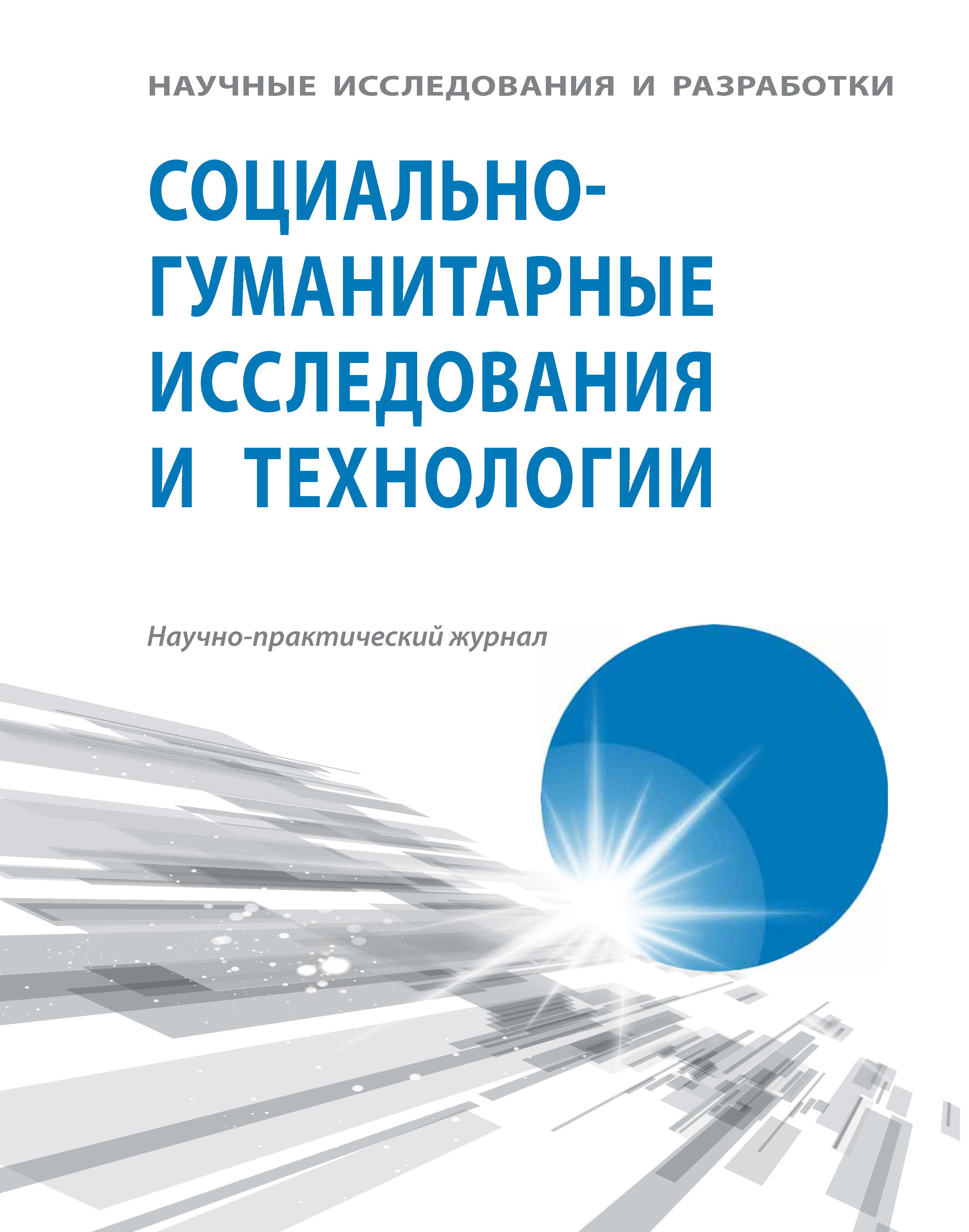from 01.01.2019 to 01.01.2021
Moskva, Moscow, Russian Federation
UDC 31
Today we live in a knowledge society, a society shaped by the information revolution and developed by communication technologies. At the dawn of the new era, the concept of intellectual capital was first used to explain the importance of intellectual resources - such as information, knowledge, and experience - in the modern economy. Today, intellectual capital is a key factor in the company's profitability and has become an essential resource for creating economic wealth. In this environment, intellectual capital and intangible assets are fundamental to success. Intellectual capital consists of intangible assets that, when properly used, become a source of sustainable competitive advantage. To create value, the components of intellectual capital must interact. The assessment of intellectual capital is an important activity for any organization operating in a competitive market, and involves the achievement of intangible assets, but at a lower cost. The interest in measuring intellectual capital was caused by the fact that accounting, as it is currently practiced, has largely lost its information capacity as enterprises have become more and more knowledge-intensive. Traditional valuation methods based on accounting principles, where the value of a company's assets is a fraction of the value, have systematically undervalued companies. The existence of non-financial standards is critical to the company's value creation, as the accounting rules, under constant review, were originally developed for tangible assets, which are a source of wealth in the industrial period. In the literature, the assessment of intellectual capital is considered in different ways, with many approaches developed over time based on research and research, most of which are aimed at improving the performance of an organization, measured by different tools. This article is a synthesis of the most well-known models used to evaluate intellectual capital and its subsequent implementation in the case of Company X. The results obtained confirm the hypothesis that the intellectual capital of a company has a favorable effect on the results of the organization's activities and may indicate future competitiveness.
intellectual capital, valuation, model, organization
1. Barannikov A.L. Razvitie intellektual'nogo kapitala i innovacionnyh kompetenciy / A.L. Barannikov, S.P. Ivanova, O.V. Barbashina, O.V. Gribkova, D.K. Balahanova // V sbornike: Aktual'nye voprosy obespecheniya obrazovatel'noy i nauchnoy deyatel'nosti v universitete sbornik statey. Moskva, 2016. S. 5-8 EDN: https://elibrary.ru/WJROUR
2. Myasoedov A.I. Intellektual'nyy kapital v svete kreativnosti i konkurentosposobnosti: obzor nematerial'nyh aktivov organizaciy na primere Ukrainy / A.I. Myasoedov // Nauchnye issledovaniya i razrabotki. Social'no-gumanitarnye issledovaniya i tehnologii. 2020. T. 9. № 2. S. 57-68. DOI: https://doi.org/10.12737/2587-912X-2020-57-68; EDN: https://elibrary.ru/CBDSAN
3. Myasoedov A.I. Novye kompetencii sotrudnikov i novye roli kadrovyh sluzhb v formirovanii chelovecheskogo potenciala v usloviyah vnedreniya innovaciy / A.I. Myasoedov // Zhurnal sociologicheskih issledovaniy. 2020. T. 5. № 2. S. 2-10. EDN: https://elibrary.ru/VXDXDE
4. Pryazhnikova E. Yu. Psihologiya truda: teoriya i praktika: uchebnik dlya bakalavrov / E. Yu. Pryazhnikova. -M.: Izdatel'stvo Yurayt, 2019. -452 s. EDN: https://elibrary.ru/PSGFEP
5. Radosteva M.V. Proizvoditel'nost' truda: osnovnye tendencii i klyuchevye faktory razvitiya na sovremennom etape /M.V. Radosteva // Ekonomika i menedzhment sistem upravleniya. 2018. T. 29. № 3-1. S. 162-172. EDN: https://elibrary.ru/GZSVLC
6. Bontis N.. Assessing knowledge assets: a review of the models used to measure Intellectual Capital. International Journal of Management Reviews. 2001, 3(1): 41-60.
7. Bontis N.. Intellectual capital: an exploratory study that develops measures and models. Management Decision.1998, 36 (2): 63 - 76. DOI: https://doi.org/10.1108/00251749810204142; EDN: https://elibrary.ru/EBFCAZ
8. Bueno-Campo, E., 1998. The key intangible capital as strategic in the current competition, Journal of Economic Studies. 1998, 50(164): 205-229.
9. Edvinsson L. H. and Sullivan P.. Developing a model for managing intellectual capital. European Management Journal. 1997, 14(4): 354-356.
10. Edvinsson L.. Developing intellectual capital at Skandia. Long Range Planning. 1997, 30(3): 366-373. EDN: https://elibrary.ru/AHLYSJ
11. Itami O. H.. Mobilizing Invisible Assets. Boston. Harvard University Press. 1987.
12. Kaplan R. S. and Norton D P. Putting the Balanced Scorecard to Work. Harvard Business Review. 1993, pp. 2-16.
13. Kaplan R. S. and Norton D P. The Balanced Scorecard: measures that drive performance. Harvard Business Review. 1992, pp. 71-80.
14. Kaplan R. S. and Norton D. P.. Using the Balanced Scorecard as a strategic management system. Harvard Business
15. Ordonez De Pablos P., Schiuma G., Spender J. C.. Intellectual capital and company's value creation dynamics,
16. International Journal of Learning and Intellectual Capital. 2007, 4(4): 331-341.
17. Roos G., Pike S., Fernstrom L.. Managing Intellectual Capital in Practice. Butterworth-Heinemann. New York. 2005, pp. 19.
18. Roos G.and Roos J.. Measuring Your Company’s Intellectual Performance. Long Range Planning, Special Issue on Intellectual Capital. 1997, 30(3): 413-426.
19. Stewart T. A.. Intellectual Capital: The New Wealth of Organization s. New York. Doubleday. 1997.
20. Sveiby K. E.. Tacit knowledge. The Knowledge Management Yearbook. 2000, pp. 18-27.
21. Sveiby K. E.. The Intangible Assets Monitor. Journal of Human Resource Costing & Accounting. 1997, 2(1): 73- 97.
22. Sveiby K. E.. The New Organizational Wealth: Managing and Measuring Knowledge Based Assets. Berrett Koehler. San Francisco.1997.









